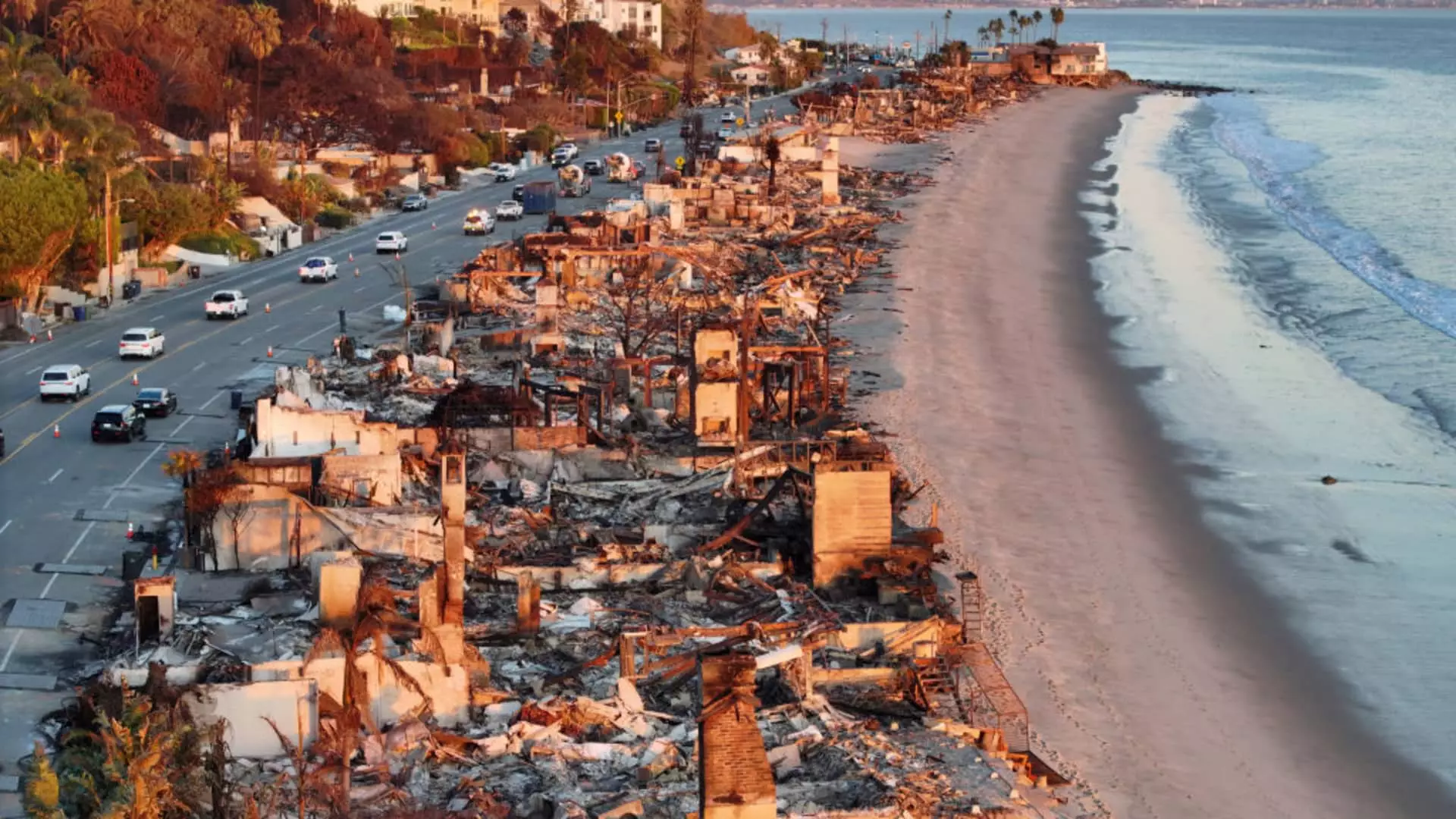As wildfires wreak havoc in California with increasing frequency, insurance innovators are racing against time to offer viable solutions amid this climatic crisis. The launch of Stand, co-founded by tech entrepreneur Dan Preston, represents a response to a pressing need for effective insurance products tailored to homeowners in wildfire-prone areas. This article explores the implications of Stand’s first product, the market dynamics surrounding wildfire insurance, and the potential for technological innovations to reshape the insurance landscape.
December 2023 witnessed a dramatic shift in California’s insurance landscape with the debut of Stand’s insurance product focused on wildfire zones. Traditionally, homeowners have relied on interpretations of insurance that often fall short when faced with the grim realities of climate change. In recent years, insurers have begun to retreat from high-risk areas, citing unsustainable losses. The California FAIR Plan—a safety net for high-risk homeowners—saw a staggering 137% increase in enrollments since 2019, a clear indicator of the soaring demand for wildfire insurance options. This context underlines the urgency for innovative solutions, especially when a catastrophic wildfire season is upon us.
What distinguishes Stand from conventional insurance providers is its emphasis on integrating artificial intelligence (AI) and tailored mitigation strategies into its offerings. Preston’s vision encompasses more than just providing coverage; it aims to empower homeowners to proactively reduce their risk. By implementing data-driven recommendations related to home hardening and landscaping—such as replacing wooden materials with fire-resistant alternatives—Stand helps homeowners decrease their chances of incurring damage. This pivot to mitigation not only benefits homeowners but also positions Stand to meet the demands of a market where many traditional insurers have limited their participation or exited altogether.
Furthermore, the utilization of “physics-driven insights” allows Stand to create customized plans that enhance insurability, a distinguishing factor absent in most legacy insurance models. As Preston noted, the encouragement of property owners to modify their homes and landscapes can play a transformative role in the decision-making process for insurers.
Stand’s launch coincided with devastating wildfires in Los Angeles, which claimed lives and properties alike. The immediate aftermath—characterized by an influx of inquiries for insurance—reveals how disasters are reshaping the insurance landscape. Preston’s assertion that demand skyrocketed by 5-10 times overnight illustrates how contemporary markets can pivot sharply in response to environmental crises.
Interestingly, this disaster-driven urgency also highlights the irony within an industry that typically relies on extensive market analysis and customer relationships built over time. Insurers, grappling with sudden spikes in demand without adequate preparation, could find themselves in tenuous positions. In this context, Stand’s approach offers a timely solution to address both the immediate insurance needs and the long-term risk mitigation strategies needed in these vulnerable areas.
To surmount the challenges posed by outdated practices in property insurance, Stand must navigate an industry that has often been characterized by inertia. With many established players shying away from high-risk areas, the door opens for startups like Stand to carve out a niche within the void left by these exiting insurers. Stand’s exploration of homes valued between $2 million and $10 million represents a targeted approach that addresses a segment experiencing acute conditions of distress.
Moreover, the need for structural changes to mitigate future risks cannot be overstated. Preston’s vision emphasizes not just individual property protection, but collaborative neighborhood strategies. As communities learn from the ongoing wildfire crises, a pivot towards innovation in urban planning and community resilience is paramount. The focus should extend beyond merely insuring single homes and must encompass upgrading entire neighborhoods to withstand fire threats.
Despite the promising direction Stand is headed, significant hurdles remain. Building trust with homeowners who may have experienced the limitations of traditional insurance, as well as making a long-term impact in a landscape shaped by disaster, requires sustained effort and innovation. Integrating advanced technology into risk assessment presents both opportunities and complexities, especially in convincing users to adopt and trust these new methods.
Stand’s mission illustrates that the road to resilience in wildfire-dominated landscapes will require not only innovative insurance solutions but also a cultural shift towards disaster preparedness. Stakeholders ranging from city officials to property owners must engage actively in redefining their relationship with wildfire risks. Only through collective action and informed decision-making can California begin to reshape its narrative from one of vulnerability to resilience in the face of ever-evolving challenges posed by climate change.
As climate realities push the boundaries of traditional insurance, Stand’s paradigm-shifting approach could not come at a more crucial time. Through innovative technology and proactive community engagement, Preston and his team are poised to lead a new phase in the insurance industry that prioritizes both protection and prevention against the catastrophic impacts of wildfires.

